Technical Areas
The Climate Ready School Grounds workshops and surveys are designed to help schools adapt their outdoor spaces to mitigate the impacts of climate change, focussing on six technical areas. On this page, you will find guidance to support you in identifying and addressing issues in your school grounds, including suggestions and solutions for adapting your outdoor space according to each technical area.
Use the buttons below to view guidance by technical area, or return to the Climate Ready School Grounds page to browse additional resources.

Explore more of our
work on climate change
and biodiversity.
work on climate change
and biodiversity.

Heat, Cold & Wind Stress
As more heat is put into our atmosphere, the weather patterns are changing. The effects of this will vary across the UK. For some in the southeast and cities, managing summer heat may be the biggest challenge, while in northwest Scotland, our schools are at risk from more violent storms. In a spiral of impact, the increased heat, cold, and stormy weather will require us to expend more energy for heating and cooling, further increasing emissions and costs.
If your site survey and pupil workshops highlight that excess heat, severe cold, or wind speeds are an issue your school grounds face, then this is the resource area to find answers and inspiration.
The good news is that nature-based solutions in the school grounds are a way of mitigating for these impacts. Some of these solutions are well placed to be implemented at lower capital cost than building refurbishment or technological solutions. Some, such as increasing hedges, shrubs, and trees in schools, are ideal for pupils to get involved with practically planning, planting, and maintaining.
A few ideas do require significant change and, with that, cost of time and finances. If you feel that, for example, a significant shelter belt of trees is required near the building and on the existing tarmac, you will need to work with the relevant authorities and seek to fundraise to remove tarmac or construct raised tree planting areas. Pupils may want to get involved in lobby and fundraising, as much as getting their hands covered in soil.

Solutions for heat
For many schools, heat in summer is having an impact on the indoor temperatures as well as the playground temperatures. The solutions are usually around using more planting to create both shade and reduced heat retention, particularly if the building and outdoor seating areas can be shaded. While we need to maintain some tarmac as a robust surface for winter and we need to maintain close mown sports pitches, we can look to the areas in between, on boundaries, and near social areas.
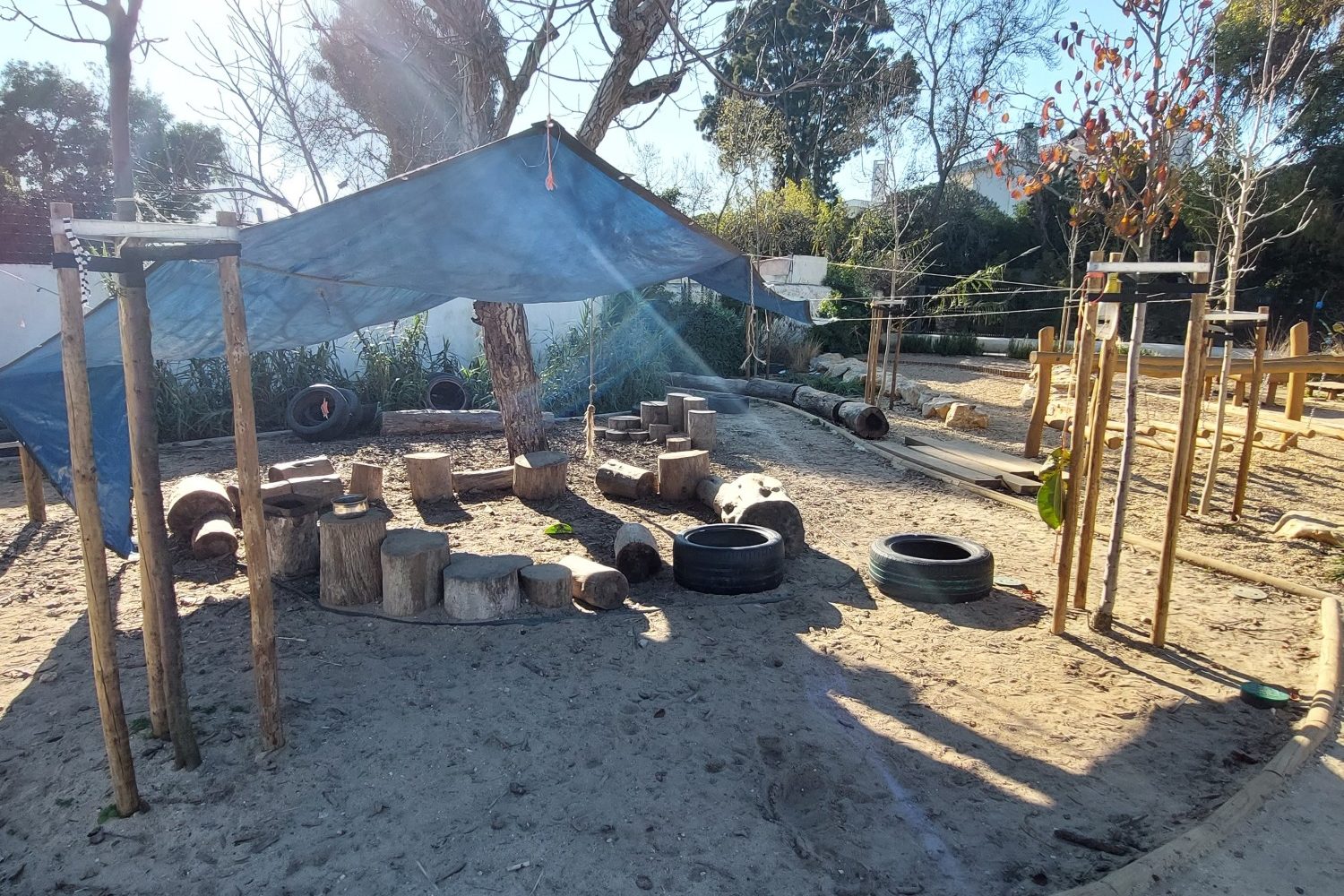
These can provide both very targeted shade and be built close or even onto to buildings. They can be very effective around windows and in areas of high use such as outdoor gathering areas. Sand and grit makes for safe impact surfaces, ideal for heavy trafficked play areas. When considering overheating and surface temperatures, they are significantly better than rubber safety surfacing.
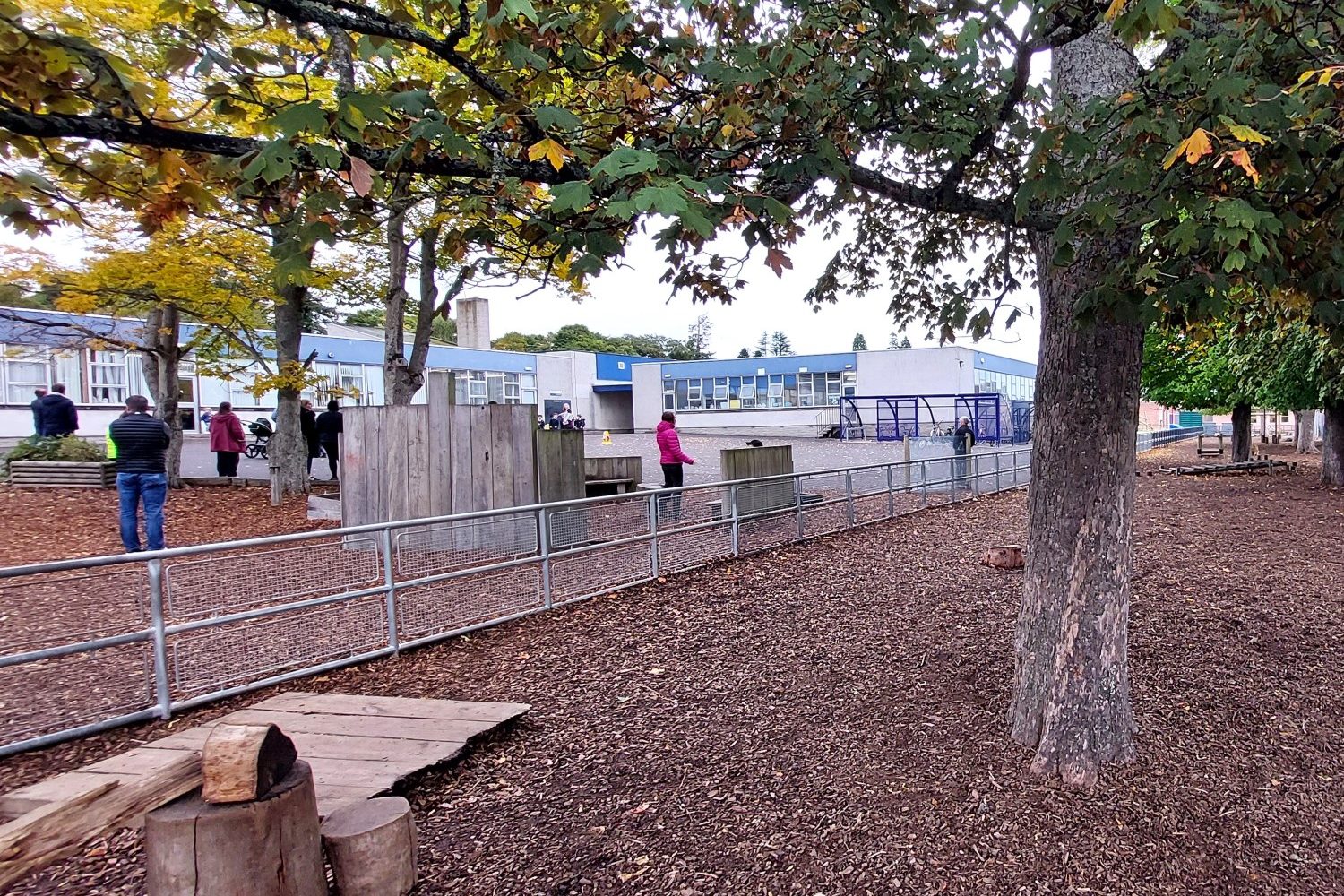
While not significantly better, bare soil is better than asphalt. In the UK, this soil can become mud in the winter. Therefore, use of mulch and maintenance is required. Woodchips and mulch do offer benefits in cooling surfaces.
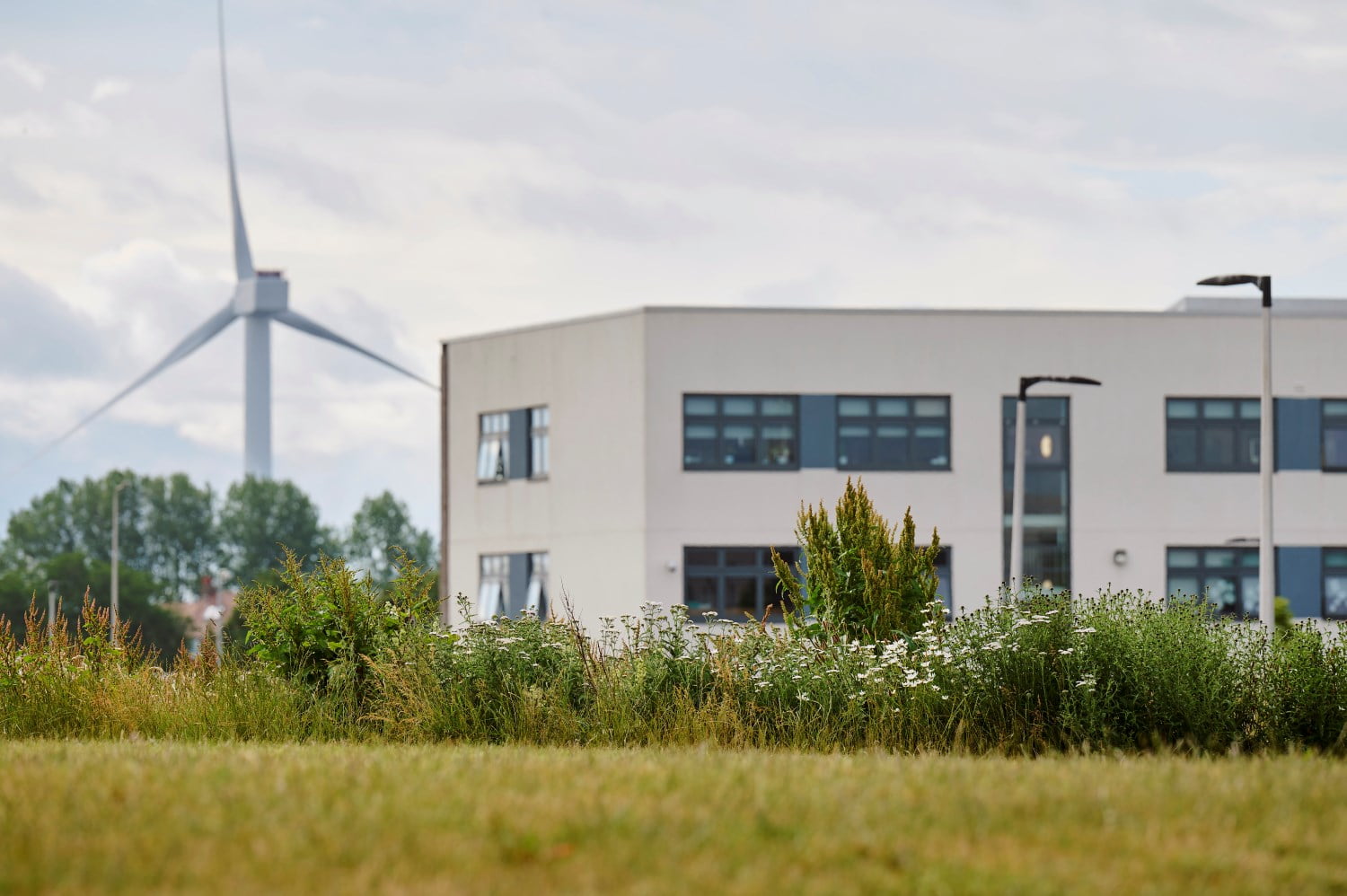
As in hotter climes around the world, creating lighter coloured or reflective surfaces can reduce heat getting into the buildings and radiating back out into the outdoor spaces.

Solutions for cold
While across the UK temperatures are predicted to become on average slightly warmer, an important fact is to note that we will get more regular extreme cold events. Many of our schools find that during a cold event it is hard to stay warm, and the frozen aftermath can also be a challenge. By reducing exposure to wind and open sky, school grounds can be sheltered from the extremes. In addition, creating micro-climates around buildings can also help keep buildings warmer and less damage from frost will occur.
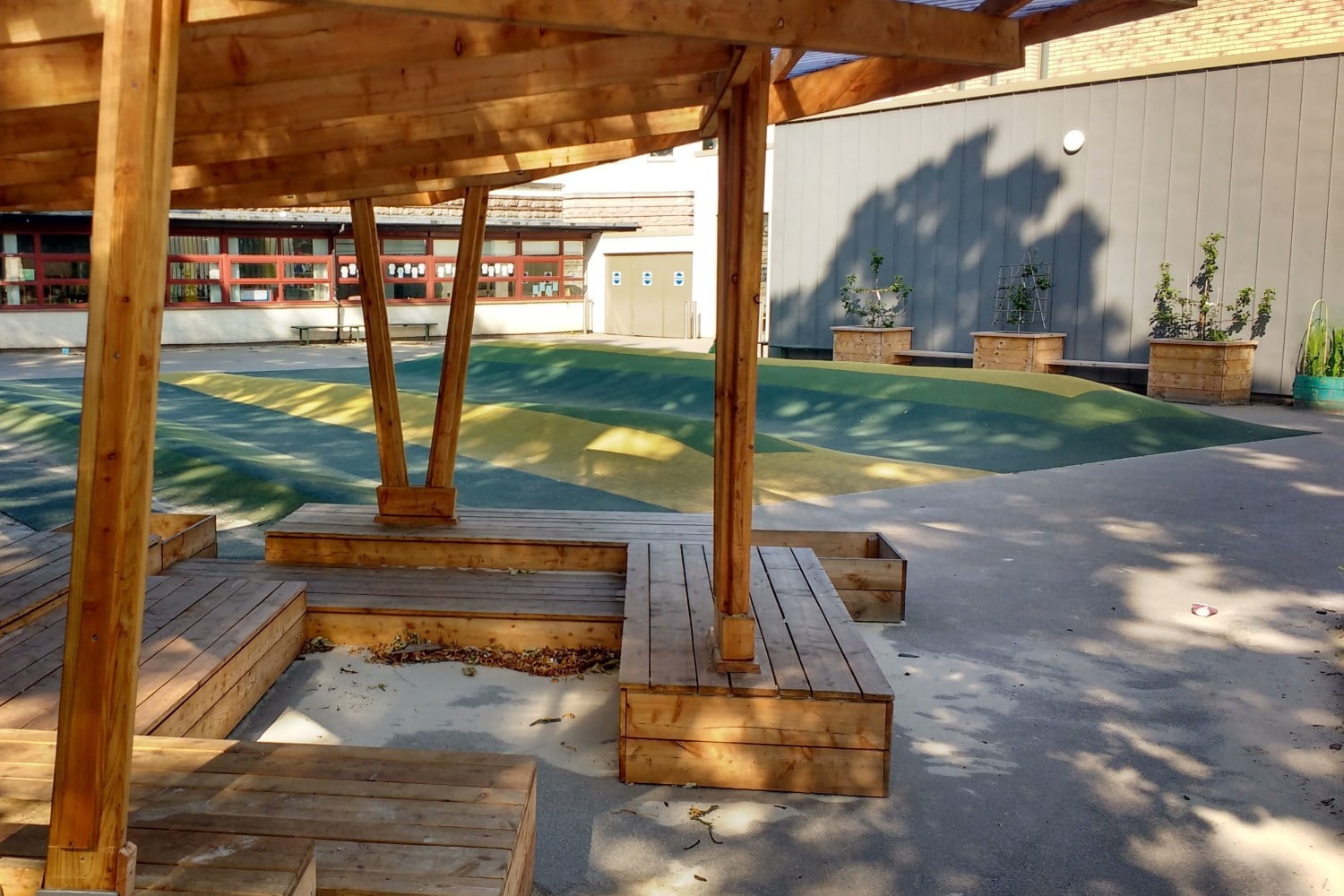
Creating cosy seating and gathering spaces out the cold is an important aim. It can increase the use of outdoor spaces for learning and provide social gathering spaces for pupils and parents. Consider sheltered seating that has a ‘wall’ as well as a roof.
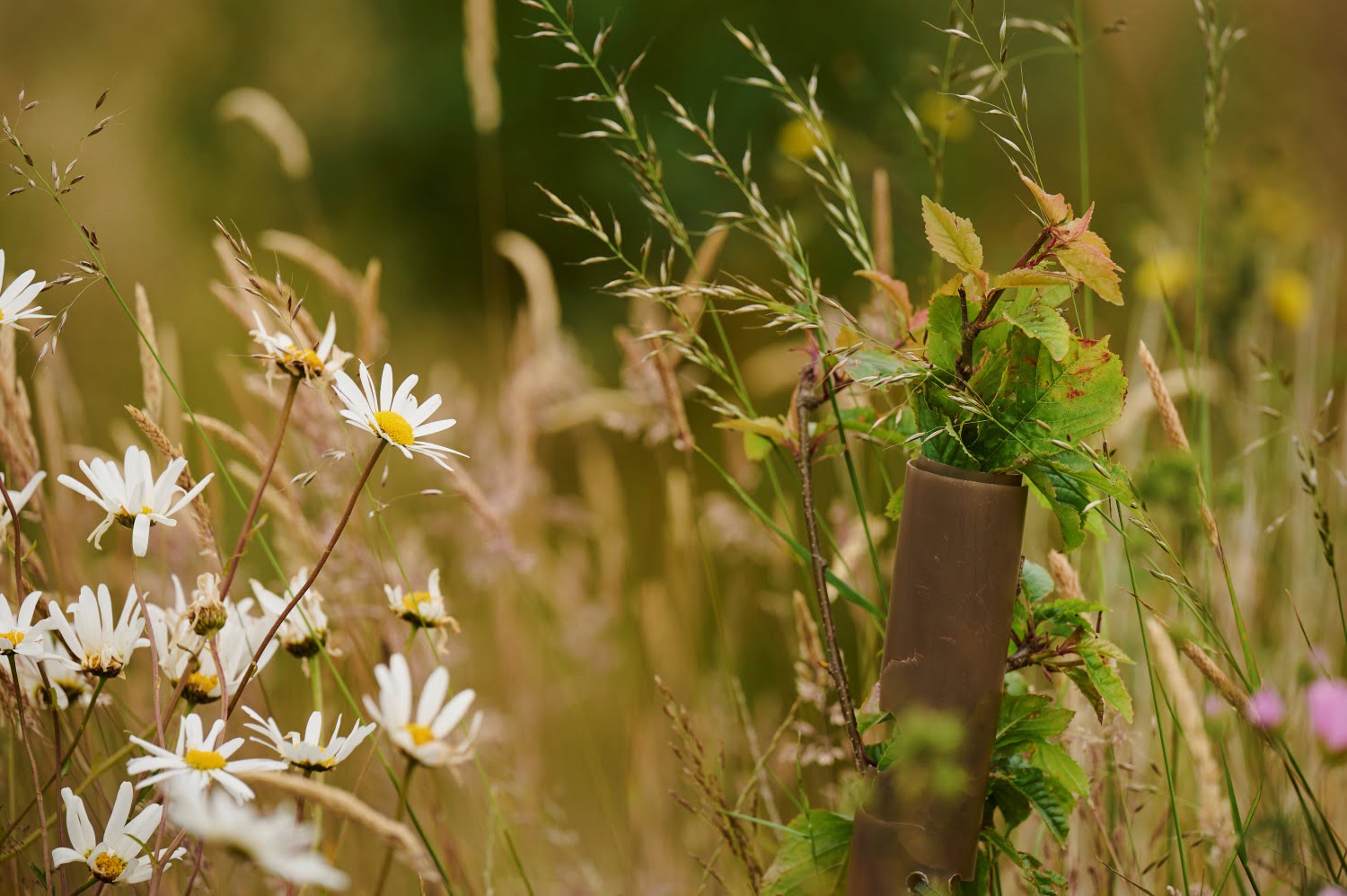
Longer planting can provide grip through snow and ice, as well as being more robust under high use such as repeated playtimes.
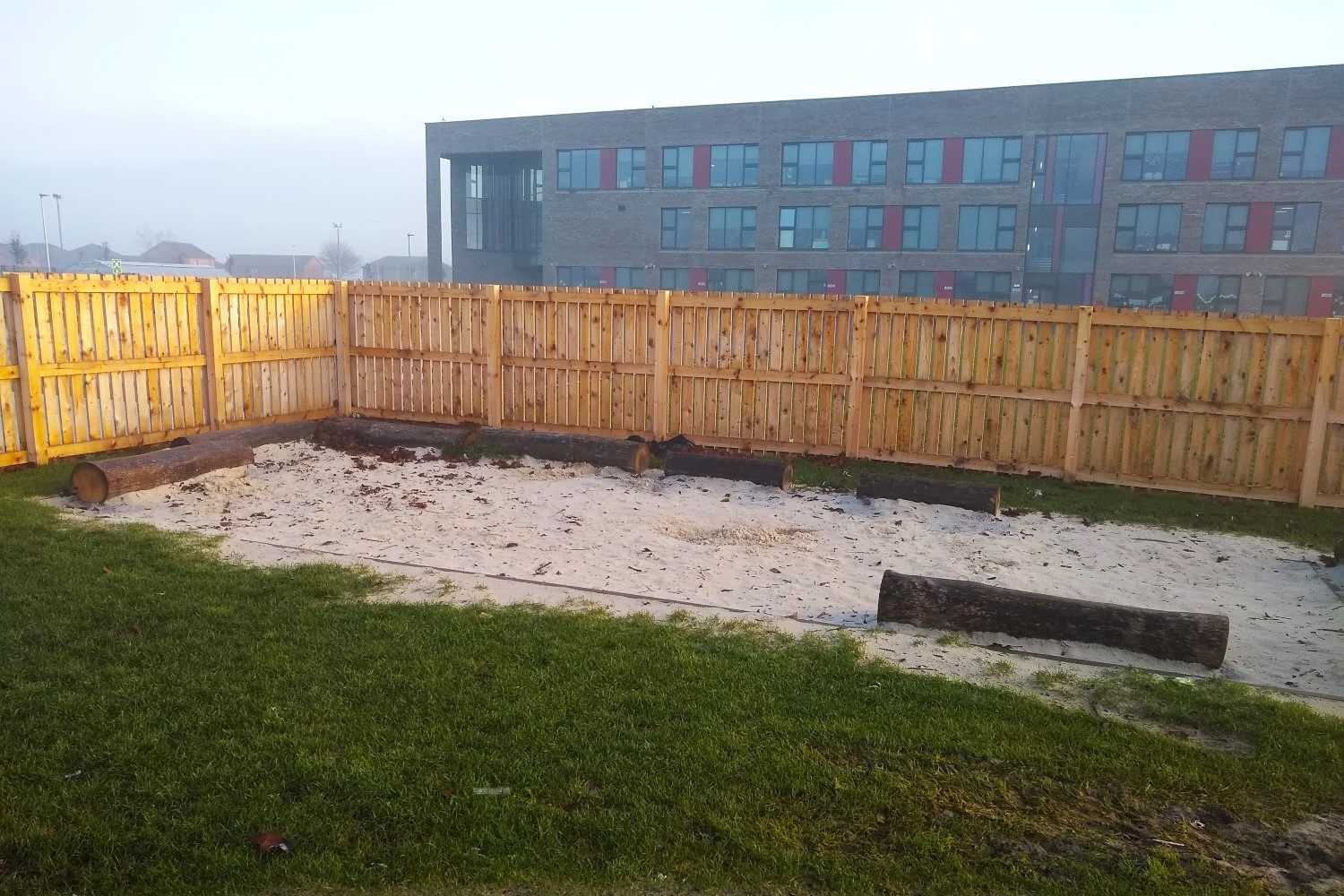
These can offer a more compact solution than planted trees, hedges, and shrubs, and can be built to face south and collect any warmth possible from the sun.

Solutions for wind
With more energy in the environment we will experience higher average and peak wind speeds. The usability of school grounds can be drastically increased by creating micro-climates which are more comfortable for users. These micro-climates can be very localised around seating or gathering spaces, or indeed to ‘insulate’ the building walls from heat-wicking wind. An increase in peak wind speeds will also bring with it more damage to buildings. This can be alleviated somewhat through careful planting of natural windbreaks designed for peak wind in storm events.
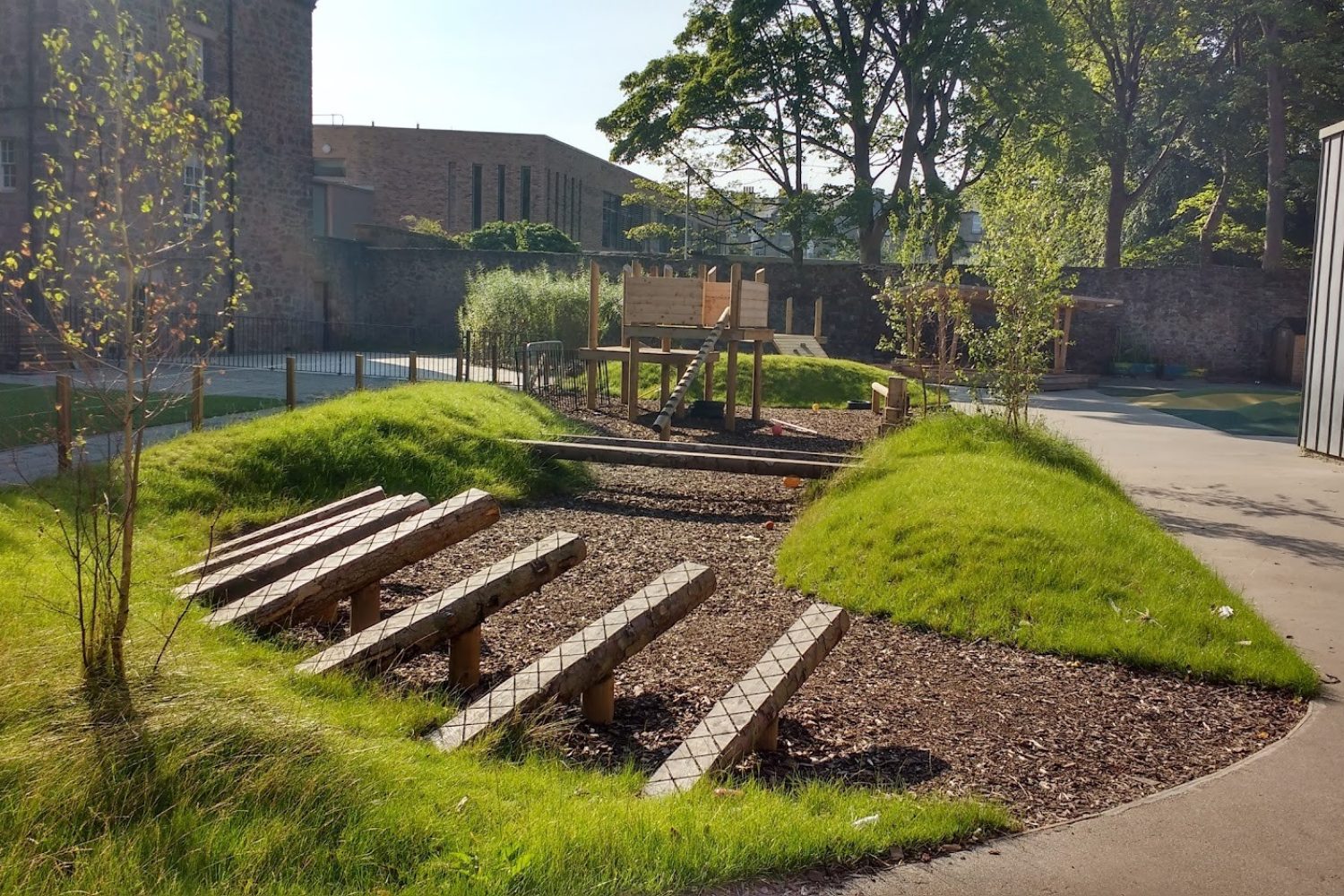
Berms and mounds can work well to create spaces out of the wind, as well as a richer play environment.
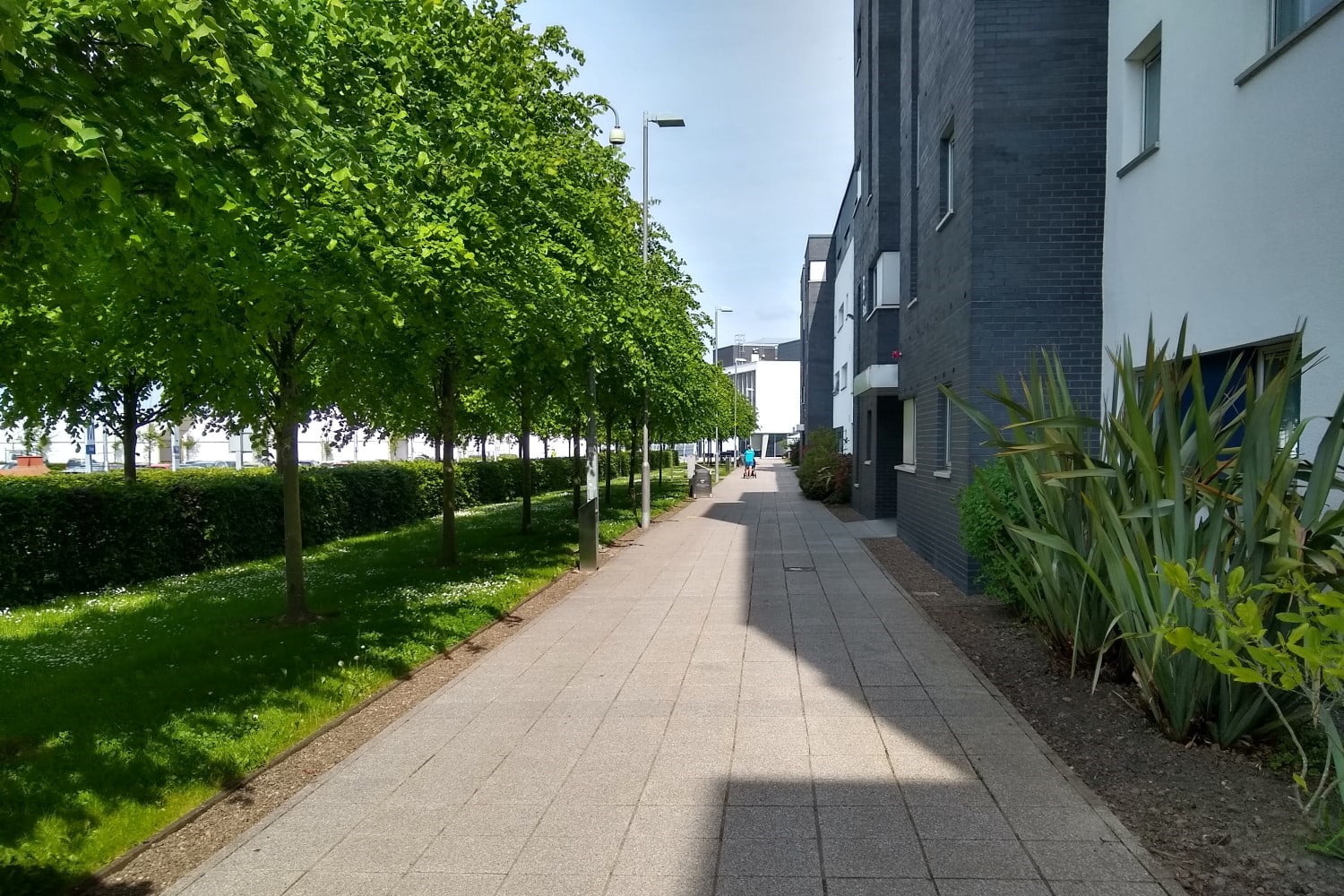
Both mature and young trees can interrupt the wind, creating significant areas of shelter behind them. Trees should be planted at a distance of five to six times their mature height from a building and offer some benefit upwind as well as significant benefit downwind.
Evergreen trees can work better at reducing wind speeds year-round and all trees should be combined with shrubs, hedges, and plants for maximum benefit as a ‘shelterbelt’. These can create ‘insulation’ for walls and have the added benefit of keeping driven rain off the walls.
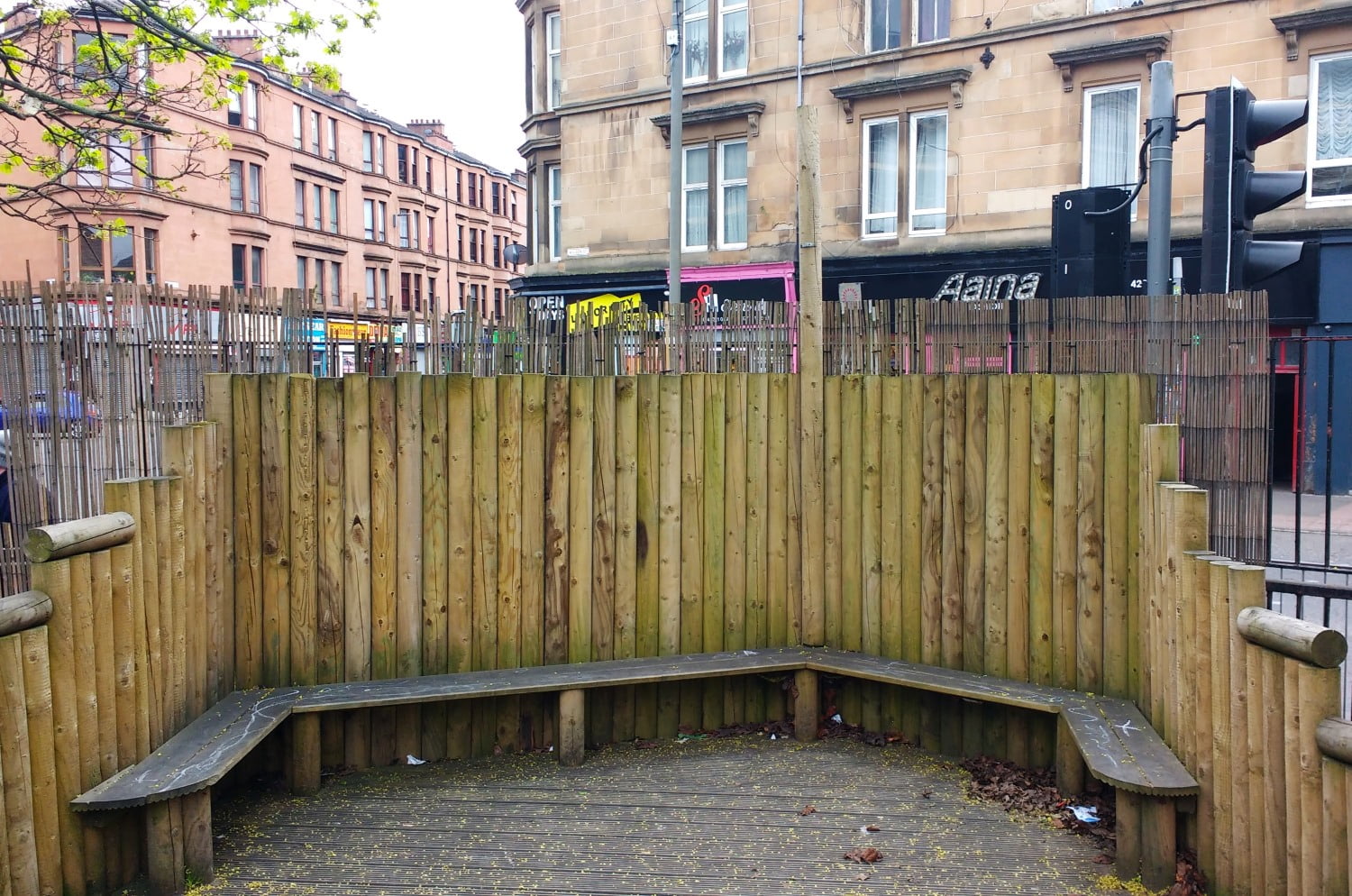
These can offer a more compact solution than planted trees, hedges, and shrubs. It can be easy to retrofit wind-fabrics to existing fencing, but you may need to check if the fence is sure enough to resist the added forces.
Walls or solid fences can create as many issues as they solve, but are appropriate in some situations such as behind seating.

Download guidance for this technical area
Download our guidance on identifying and addressing issues around heat, cold, and wind stress in your school grounds, including suggestions and solutions for adapting your outdoor space for this technical area.


Biodiversity & Ecosystems
As our climate changes, so too will the biodiversity and ecosystems around us. Our existing school ecosystems will need to adapt, perhaps at a faster rate than nature can manage. This change will impact biodiversity, with plants and animals which have previously thrived now struggling.
We already know that much of our ecosystems are in decline, for a host of reasons. School grounds, which are usually dominated by grass and tarmac, offer a chance to make a measurable difference to biodiversity.
A site survey will help inform how much biodiversity the school currently has, but it may take some more thinking and research to consider what changes might be needed due to climate change, or in what way you can improve what you already have.

Solutions
Changes do not have to be ‘wild’ to have a biodiversity benefit – food gardens and flower gardens for example can attract a range of wildlife. Robust shrubs or hedges which require minimal maintenance offer homes and food for wild life. Doubling up your perimeter fencing with a hedge or climbers is a simple change, and one which can also significantly improve air quality and reduce windspeed at the same time.
Some schools have found that simple changes to a mowing regime can also provide more opportunities for wildlife. If you want to go further, then planting wildflower and herb-rich meadows is a very valuable step. They do require some more maintenance, and you should read the ‘Polli:Nation Maintenance Guide’ if you are thinking of sowing them.
The areas of space needed can also be modest, with things like hedges or planters able to make significant impact even in a ‘concrete jungle’ of a school ground. Being creative with the planters and spaces you use is a good activity for children to lead on. Many schools have fenced off areas which pupils never really enter, or corners of sports fields which are unused save for fetching the ball. You can also consider using planters on hard surfaces. These can be permanent, or if needed they can be moved and ‘portable’ in the future, leaving clear tarmac again.
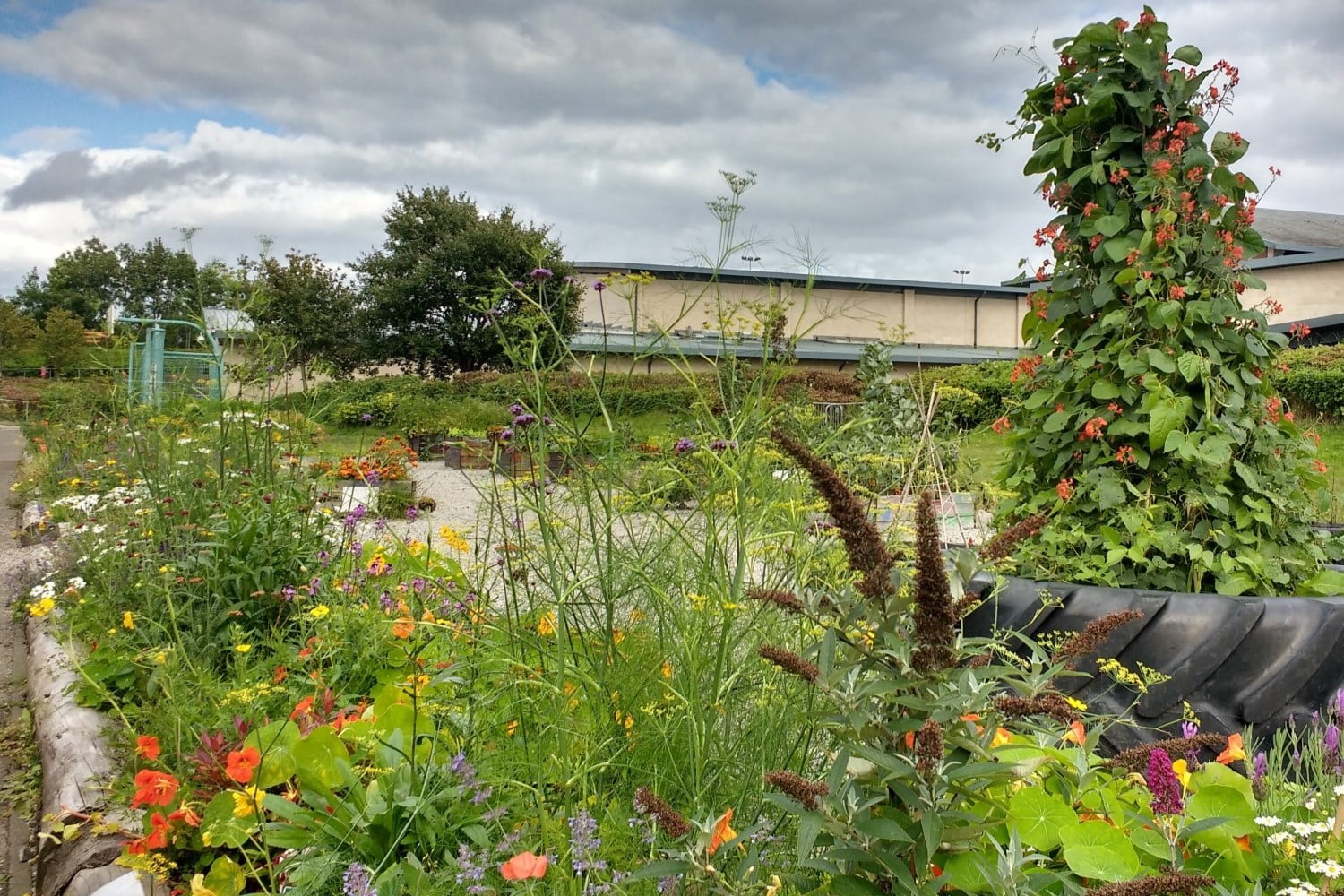
Both attractive in season and provides food for many insects – which in turn are food for larger creatures such as birds and bats.

Providing homes for wildlife encourages them to stay and seek shelter. Best when combined with sources of food or feeding.
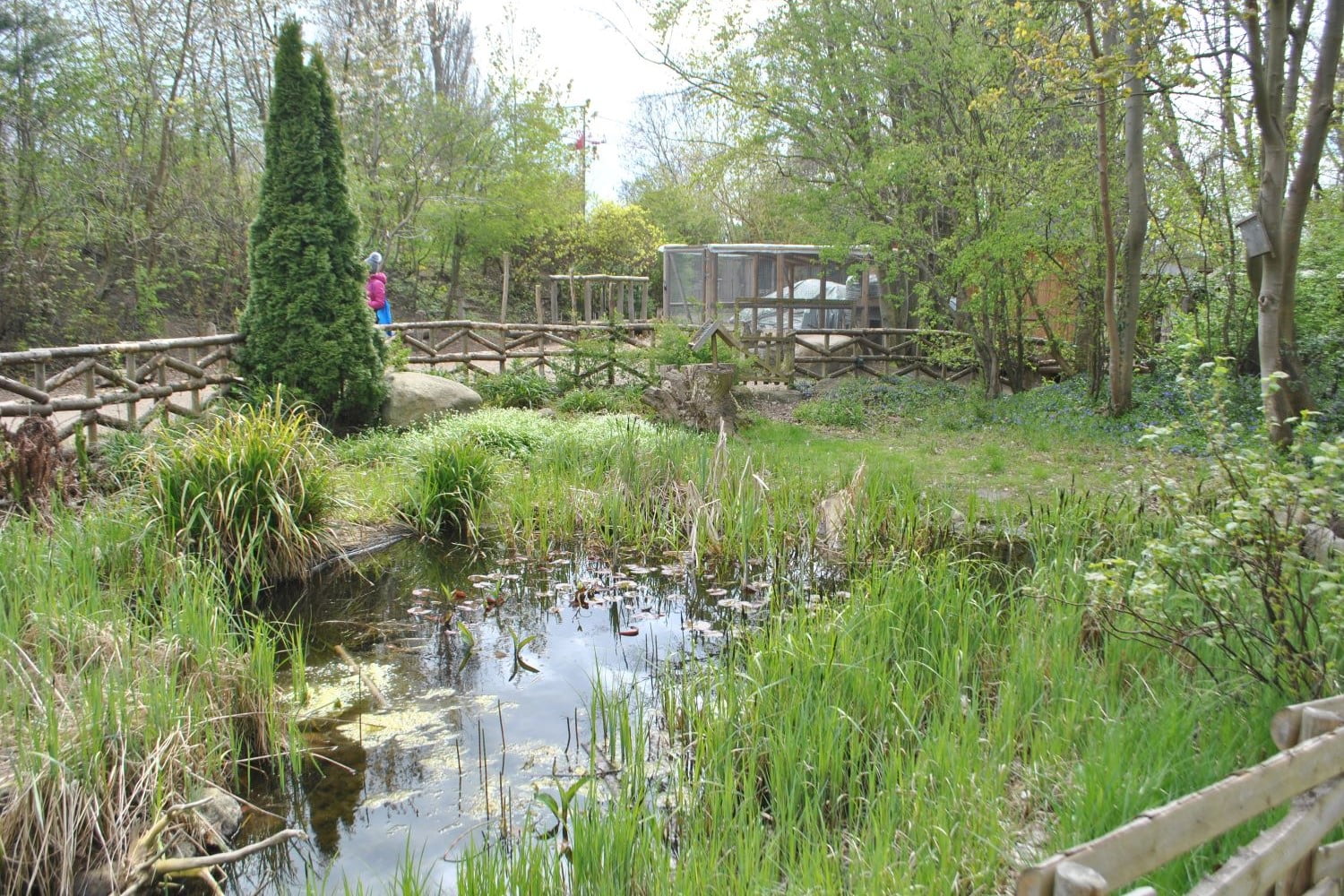
Water is vital for all living things, so providing a source of water in your school grounds will increase the range of plants and animals that can survive there. This can be boggy areas, flooding puddles, or proper pond areas.

Download guidance for this technical area
Download our guidance on identifying and addressing issues around biodiversity and ecosystems in your school grounds, including suggestions and solutions for adapting your outdoor space for this technical area.


Water Management
With school grounds accounting for a significant area of land, the opportunity to manage rainwater and moisture is one which all schools should take account of. When we come to consider water management in school grounds it is the two extremes we need to plan for, depending on where your school is located. The two issues of flooding and drought are not necessarily interlinked, but also are not exclusive.
Your school survey should supply information about the areas of your school grounds which are prone to holding too much moisture – from flooded areas to constantly muddy areas. Your survey should also show where water leaves your school site, by either artificial means such as pipes, or by natural means such as plants transpiring and using water.

Solutions for black, grey, and rain water
It is important that pupils understand that the system of drainage and waste water management are different systems. There are sewers for ‘black’ water, typically from toilets. This may be combined with ‘grey’ water from sinks and showers also. These are pipes and processes we should not change in any way, including diverting rainwater into this system.
Rainwater is treated separately, and increasingly we are looking to manage rainwater on site if possible. Over time this rainwater will permeate through the ground into streams and rivers, or evaporate from plants and surfaces. To slow or encourage rainwater run-off is therefore the water management we do want to consider. If your pupils decide that rainwater management is important for them, please read on.
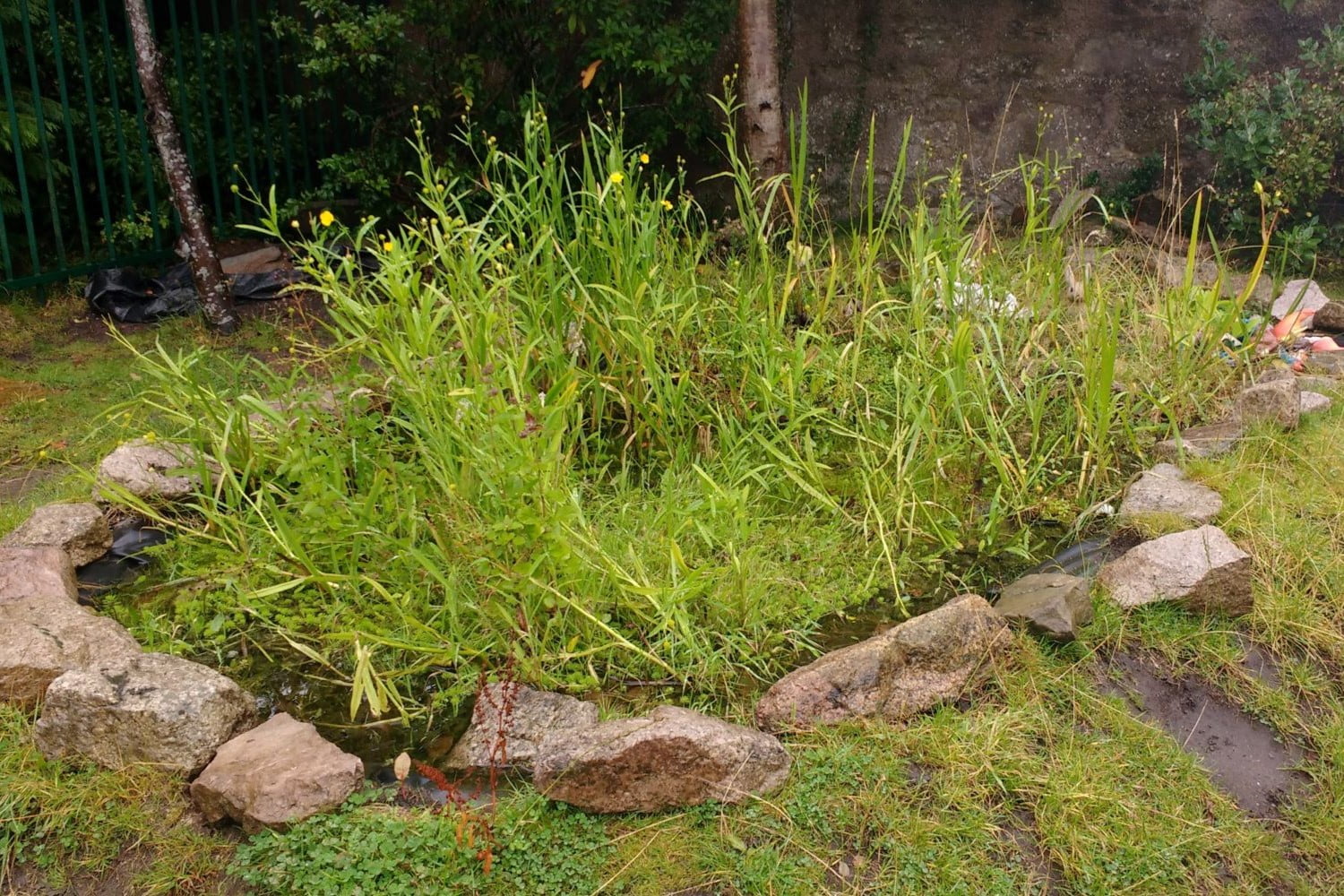
A depression or sunken area which can hold rainwater temporarily and then slowly let it back into the ground. These should be planted with carefully chosen native plants. Likely needs to be fenced off in some way to prevent damage or overuse.

This raised planter catches rainwater from a downpipe. The water flows through the vegetation, soil, and gravel in the planter, then out into another raingarden feature or drains away.
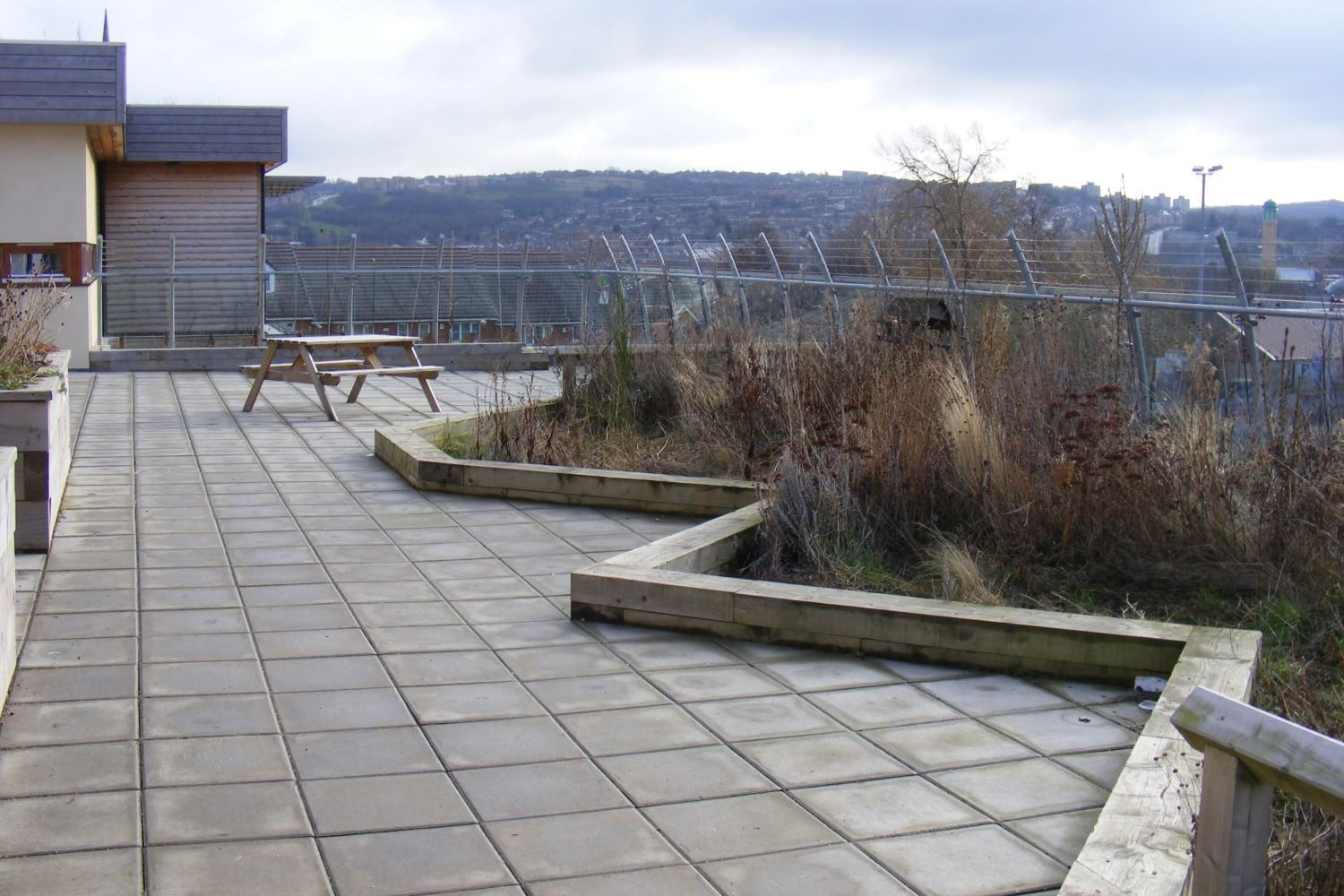
Although difficult to retrofit on many existing buildings, smaller green roofs such as on garden sheds or bike shelters are very manageable and effective. Most are planted to slow rainfall into the soil and grit underneath, and to slow evaporation in the summer.

Solutions for flooding
Permanently wet or muddy areas in a grounds are not always caused by an issue at the place where water gathers. It may be that water permeates above or below ground to a particular place, or indeed cannot escape that place. If your pupils decide that flooding is an issue, more surveying and thought needs to be undertaken to work out the causes and possible solutions.
Some flooding issues do require artificial help as well as nature-based solutions, but this is a theme where pupils can be creative.
Below you will find some guides with ideas to manage rainwater which you may be able to implement more cheaply than larger scale artificial works such. These are typically rain beds, rain gardens and planting to take up water and dry the grounds through the root systems and transpiration from plants, shrubs and trees.
You may however decide that your grounds do need significant input, and that you should bring in a Landscape Architect to implement a larger scheme of water management on site.
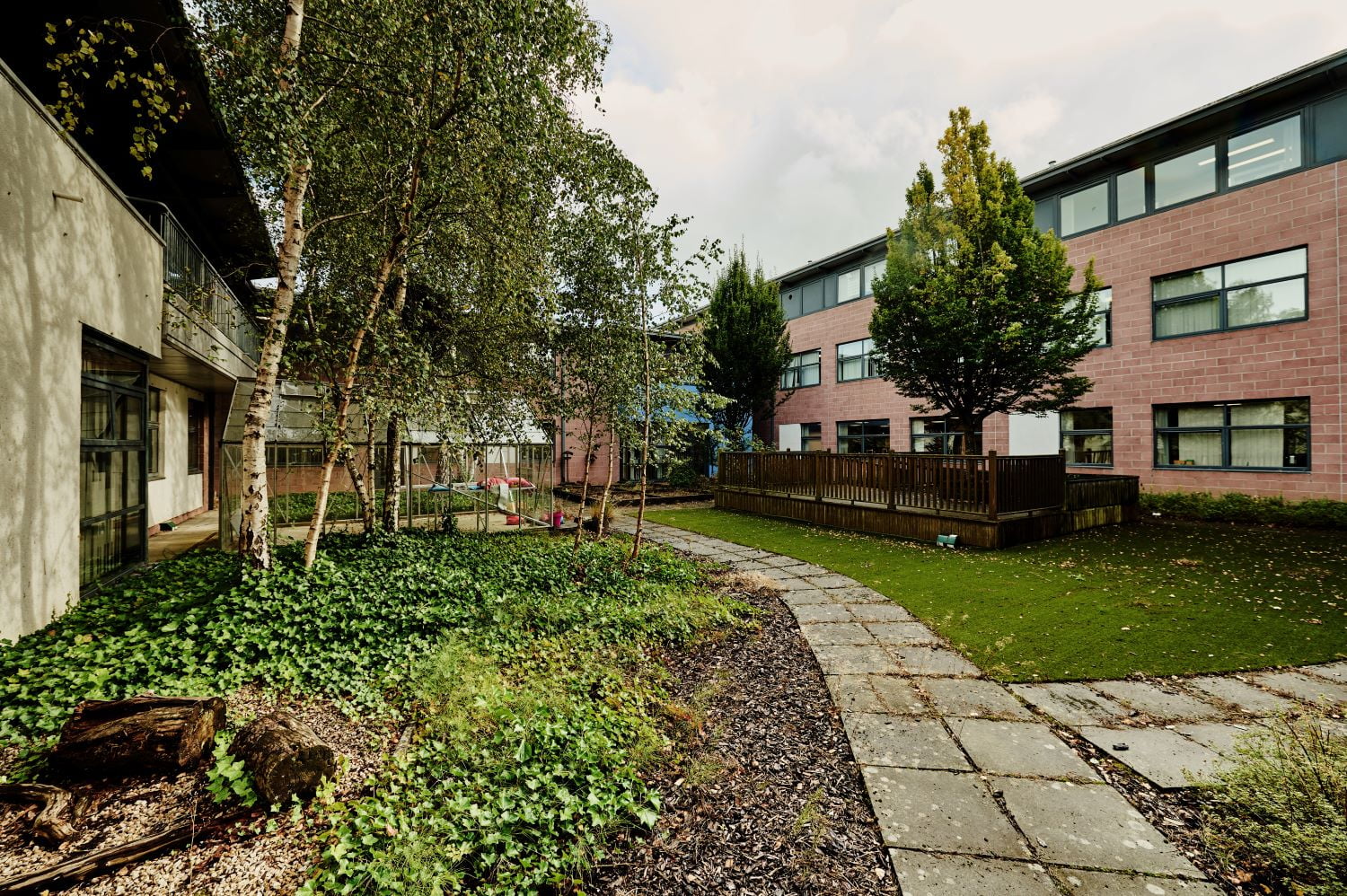
If your school is undergoing renovation, it may be appropriate to consider replacing hard impermeable surfaces with permeable surfaces, encouraging water into the soil and slowing run-off.
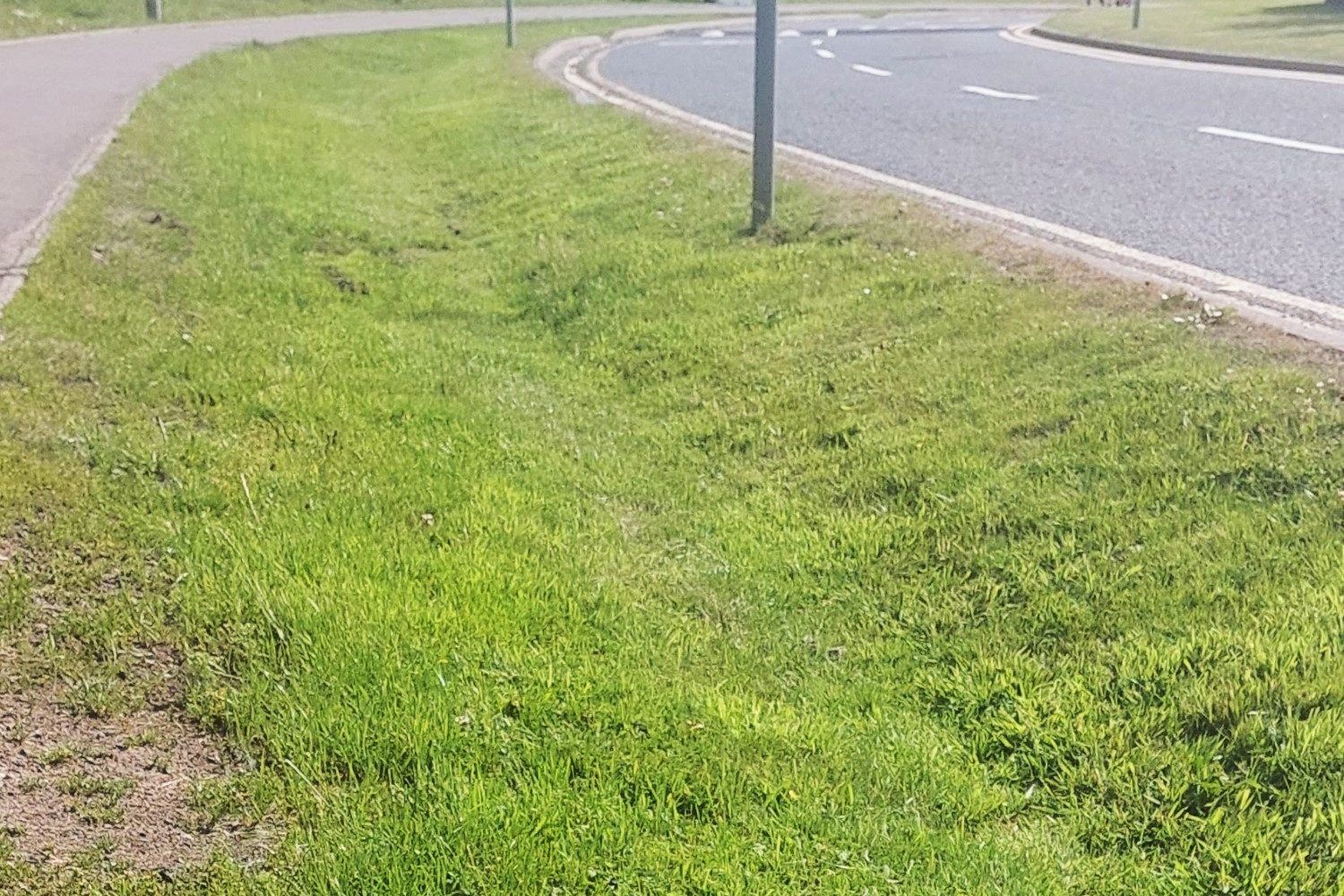
A shallow ditch with flat base and sloping sides, designed to catch, store temporarily, and slowly release water. They can be planted with vegetation right up to trees, and can provide excellent play and learning opportunities.
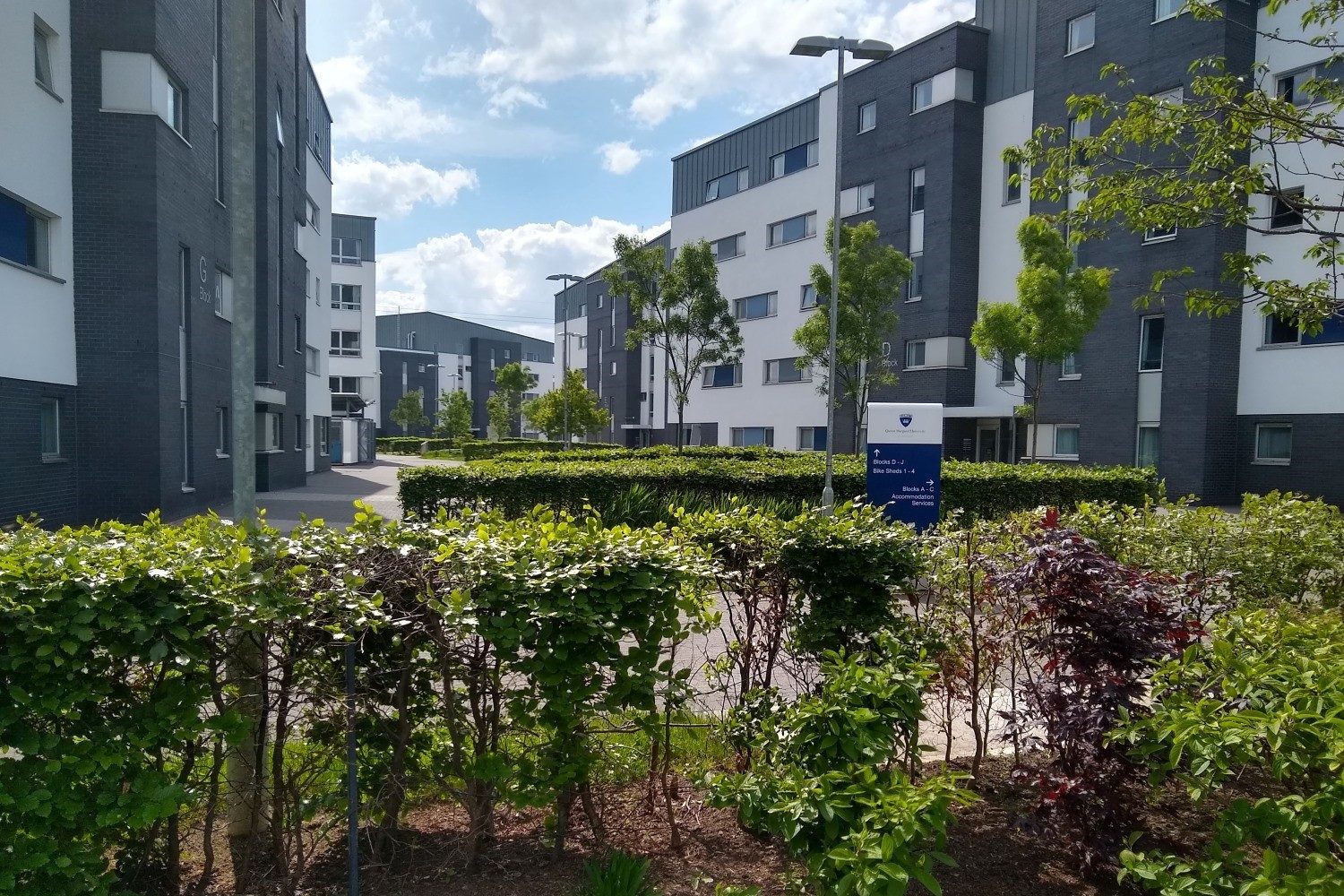
Trees can help intercept and slow rain down from reaching the ground. In addition, they improve the soil’s ability to retain water underground and facilitate transpiration (evaporation from the leaves). In summer, the shade of a tree prevents evaporation from the soil.
Some trees, such as aspen, willow, (some) birch, and alder, are water loving and excellent at helping manage water.

Solutions for drought
The first thing to consider when aiming to retain water on site is how you might ‘catch’ the rainwater and store it so that plants can use it later. On school sites, simple features such as water butts, rain beds and rain gardens can do much to catch water early on and slow its release. These raised or ground level planted areas are straightforward for pupils to be involved in the design, creation and management of.
Larger measures such as swales and planted swales, even ponds and pools, can also be used. These though often require a larger project, with larger costs and more expertise needed. Many are used to slow water heading off the site, but designed well they can both reduce issues of flooding across a site and retain water for use by plants, play or learning later.
The second thing to consider is how you reduce evaporation and transpiration from surfaces and plants. Typically this water loss increases through heat (particularly direct sunshine) and through wind (particularly a constant wind). Your site survey will have shown where heat, sunlight and wind most affect your site. The buffer planting which is highlighted in cold, heat and wind stress section (LINK) has a dual benefit of reducing water loss. However, simple changes to surfaces so that bare earth is not exposed can also offer significant retention of moisture. This can be planted or it can be artificial through use of membranes covered in gravel or bark.
Creating an environment better suited to a changed climate reduces the need for watering. A cooler, in summer, slower windspeed site can help. But so can the plants, shrubs and trees we choose. Many varieties are drought resistant, and the way and places that we plant them also reduces the need for watering to keep plants alive through the driest months.
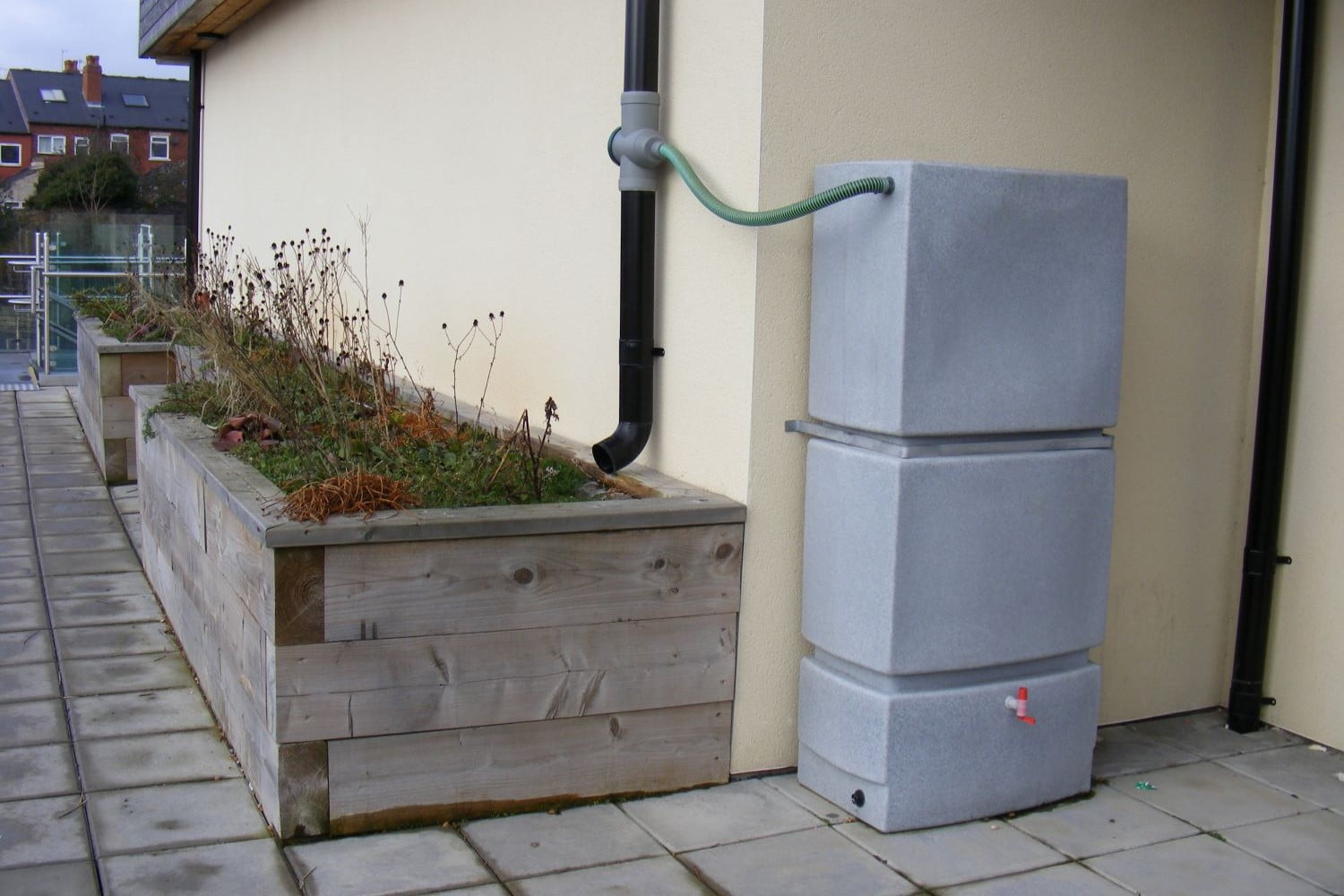
These vertical gardens take some of the flow of downpipes and route them through planters. These can be quite small and built vertically around the downpipe, or some use horizontal zig-zags of gutter pipe to plant into.
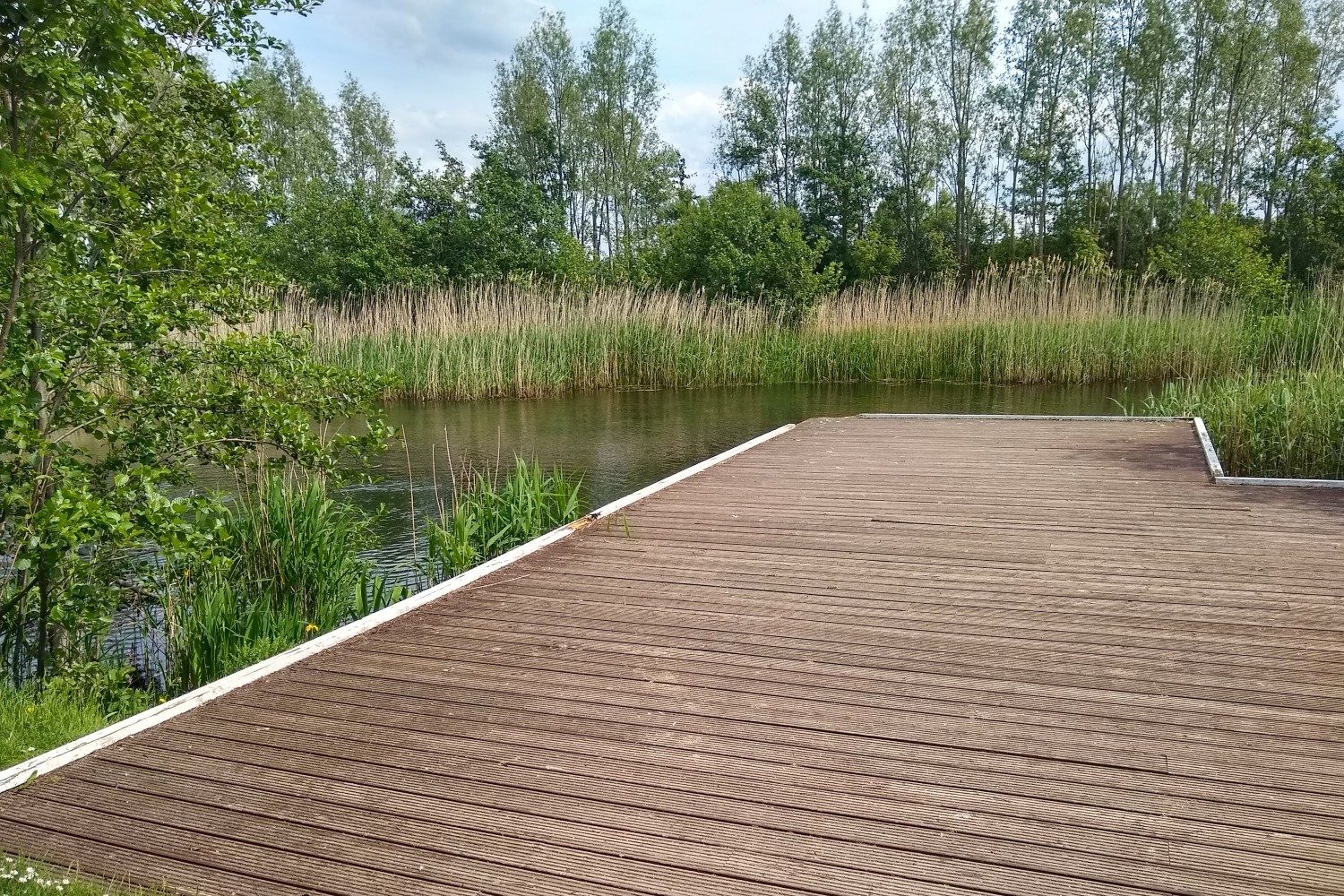
These are larger and a mixture of small ponds, bog gardens, and in-ground raingarden. They are excellent at slowing water run-off and holding water on-site. They also offer many other co-benefits such as carbon sequestration, biodiversity, and reducing heat buildup.
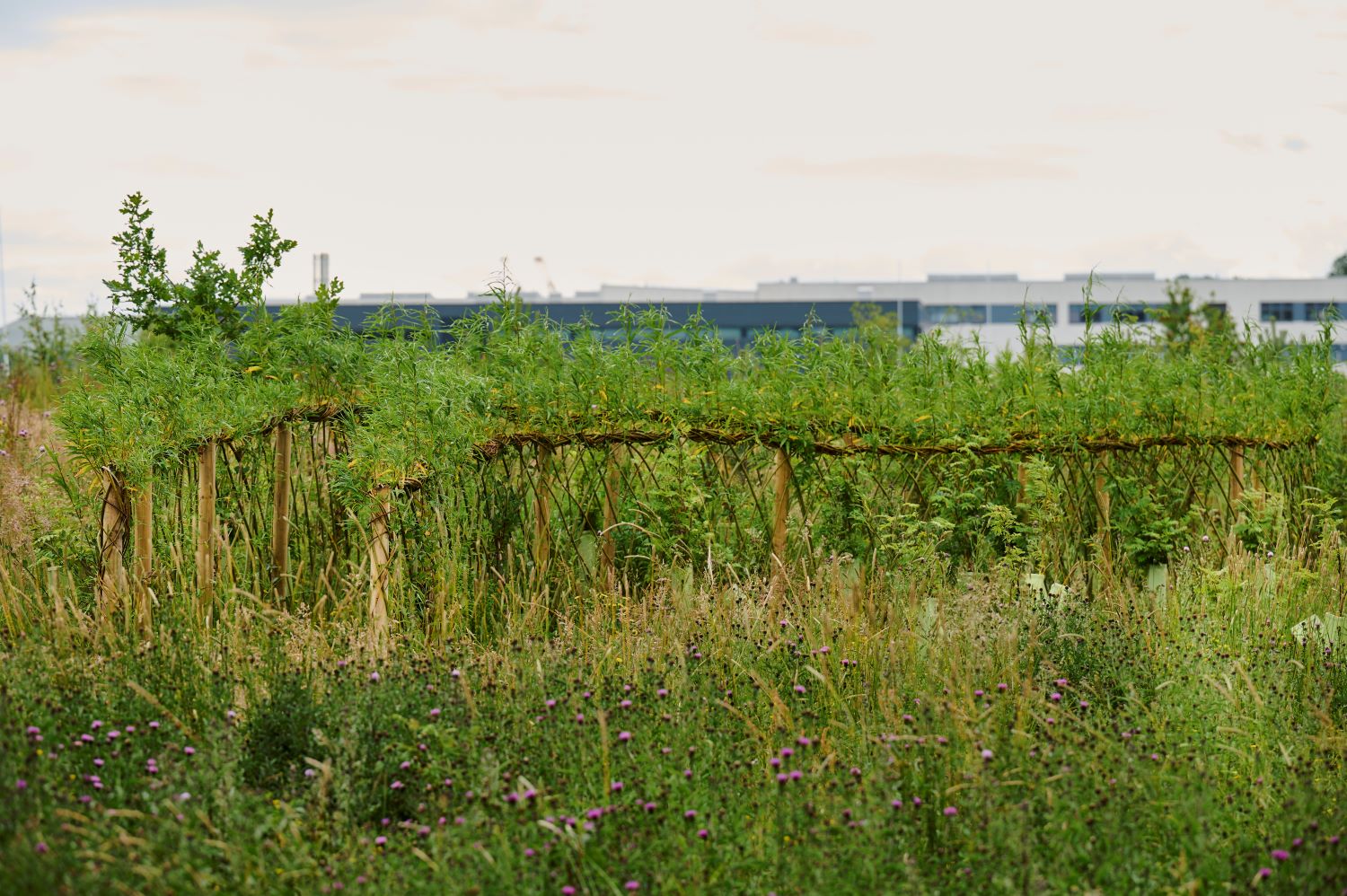
A shallow dip designed to stay wet and boggy permanently, planted with bog loving plants. Can work well alongside a pond or in an area that stays wet already. but likely needs to be fenced in some way to prevent damage.

Download guidance for this technical area
Download our guidance on identifying and addressing issues around water management in your school grounds, including suggestions and solutions for adapting your outdoor space for this technical area.


Carbon Management
Carbon is a fundamental building block of life – we find it in everything around us. As part of a quality climate education, understanding the carbon cycle is vital.
The average school grounds currently does little to sequestrate and store carbon. Nature based solutions in school grounds can increase how much carbon is taken from the atmosphere and stored away in to the ground, plants and trees. We know from our research that over 80% of the school grounds is made up of hard surfaces or mown grass – neither of which offer significant carbon benefits. Surveying your own grounds, working out the carbon benefit of the surfaces and ground cover you find, and then creating a plan to change that offers a significant learning experience, and helps pupils take action for themselves.

Solutions
It is very easy to assume that trees are ‘the’ solution, however shows that smaller plants and shrubs are both faster and more effective at sequestrating and storing carbon in to the soil and plant structure. Bogland and ponds can also absorb carbon quickly. Tree’s of course long term also help, but our stating point should be a more varied landscape and planting scheme.
There is an argument that by not sheltering a building from heat, cold and wind stress we make the building energy services work harder, and in doing so emit more carbon. Therefore creating planting which also contributes to heat, cold and wind stress reduction can offer a significant co-benefit.
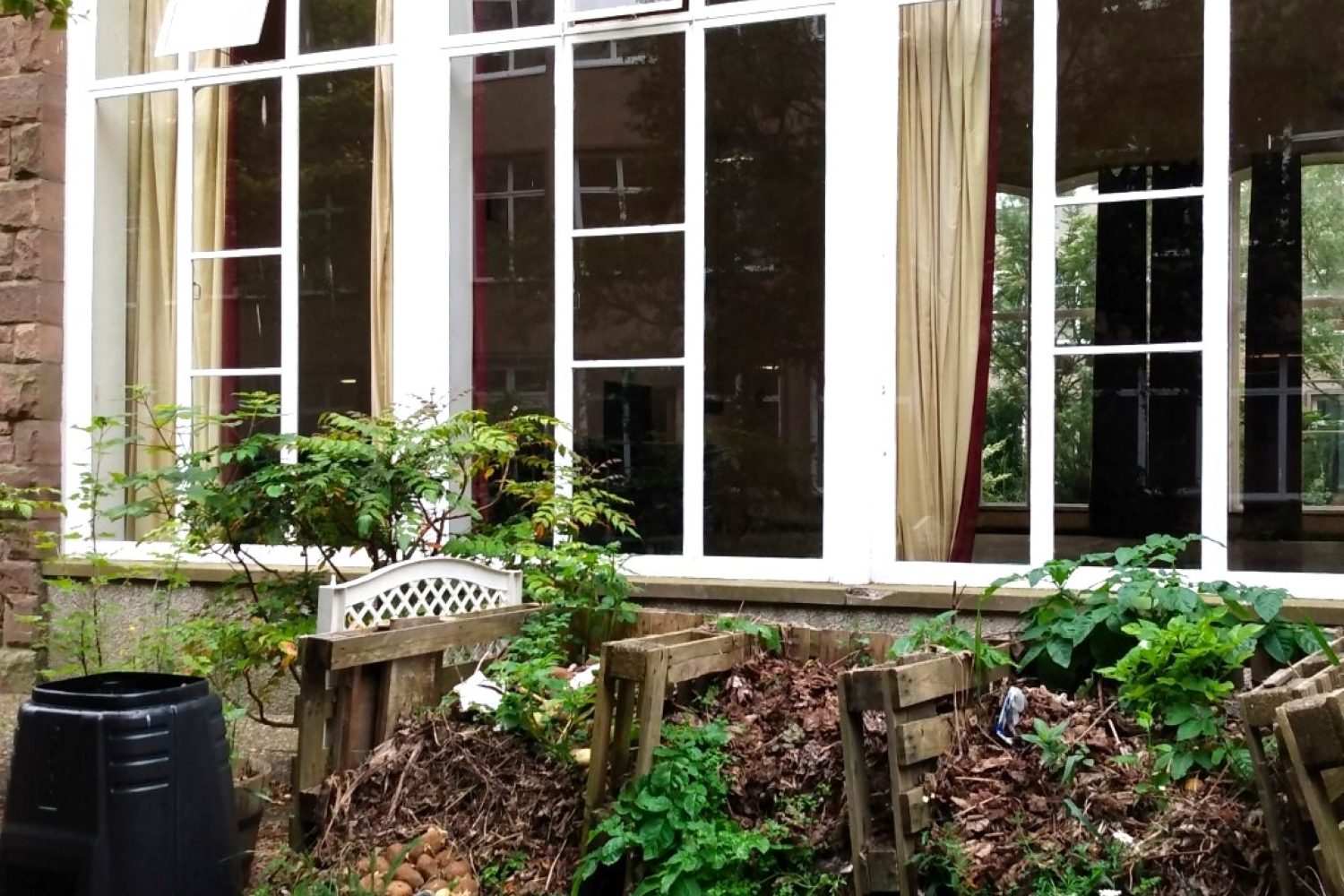
Composting of waste is a fabulous way of locking up carbon and reducing the resources spent in taking materials off-site. This does take some management and effort, but as you green your school grounds, you will find more and more things that you can collect – such as leaves and grass clippings which, when combined with a source of carbon (wastepaper works well), lock the carbon away into the soil.
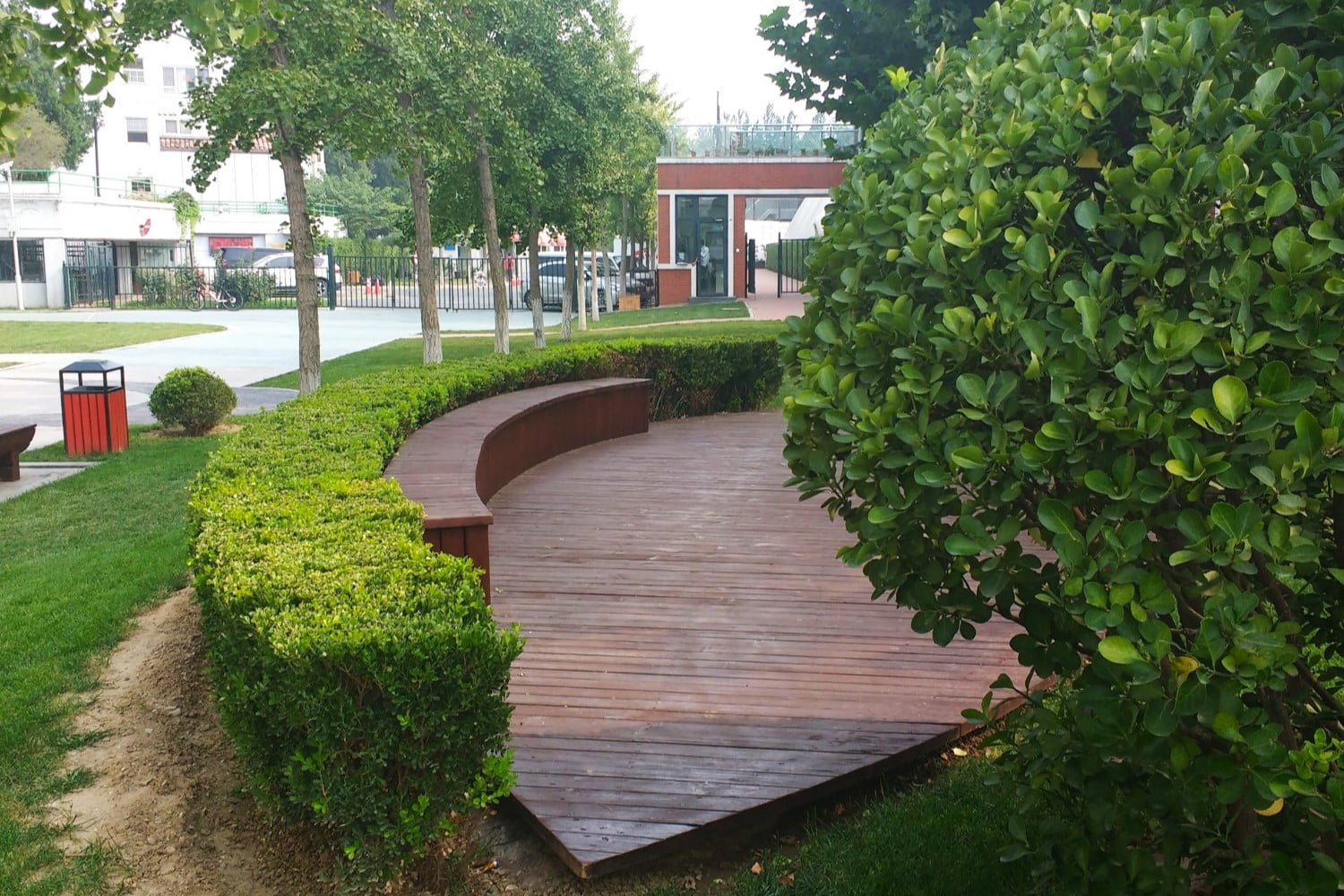
Trees are the ‘default’ answer to carbon sequestration, and it is important that we include them in our plans. However, trees often take significant time to really start sequestrating carbon efficiently or in the volume hoped for. Therefore, meadows, shrubs, and hedges should be part of any tree planting plan.
Consider a variety of species, and that by placing them carefully you can deliver multiple other benefits.
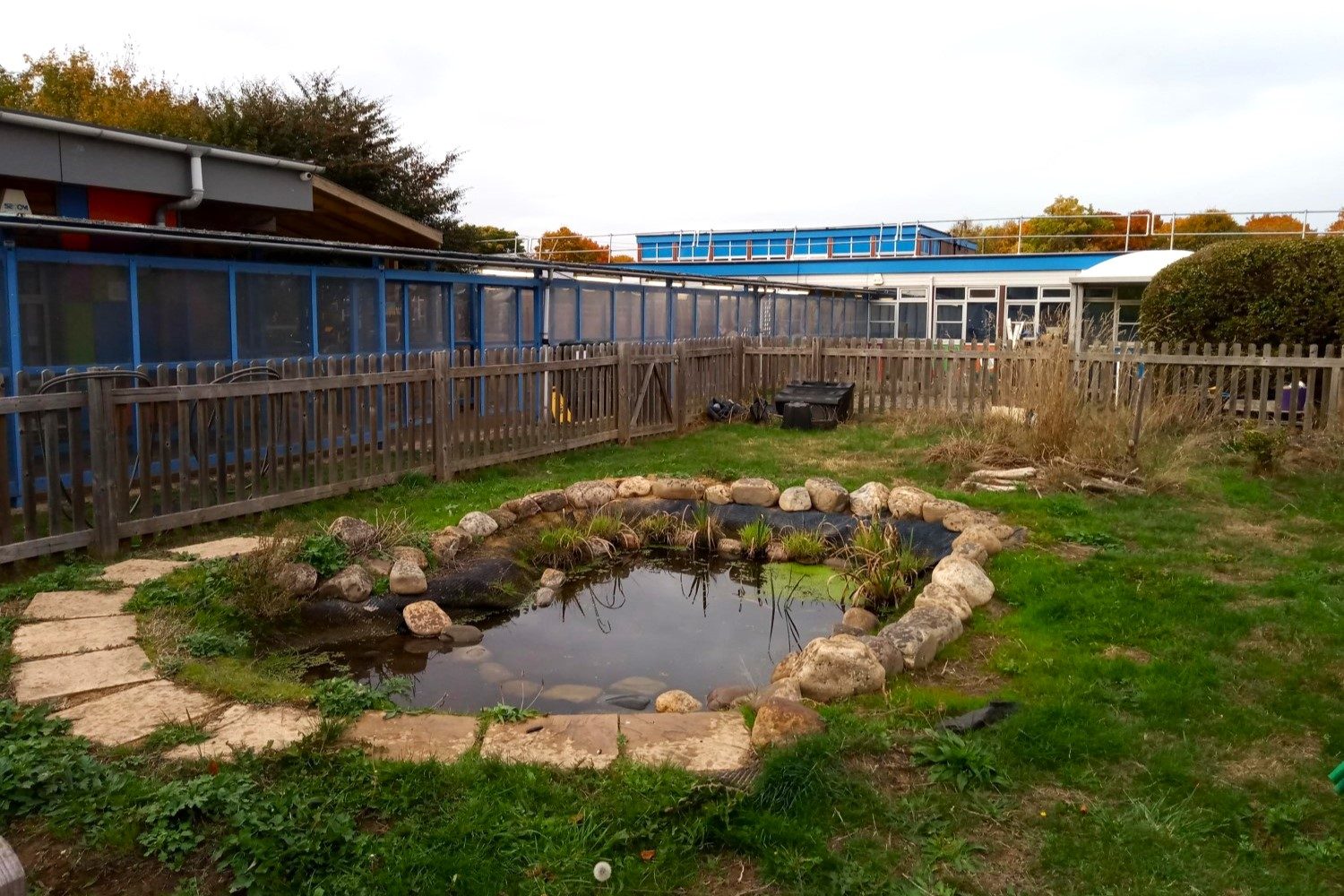
These can offer really significant benefits for carbon management and should be considered if you have the space to create them. Ponds and boggy areas will often sequestrate carbon at a very fast rate, and from early on.

Download guidance for this technical area
Download our guidance on identifying and addressing issues around carbon management in your school grounds, including suggestions and solutions for adapting your outdoor space for this technical area.


Air Quality
Many schools are situated next to roads and other sources of pollution. Protecting our children from this harmful pollution as they spend more time out of doors is therefore vital.
There are existing guides which focus on the tackling the source of pollution, encouraging walking and cycling to school, no idling zones and more. These are excellent, and any school considering mitigation of pollution should also consider a strong active travel programme and identifying sources of pollution with a view to tackling them at source.
A reduction at source notwithstanding, school grounds and local areas can employ nature based solutions to reduce pollution in the school grounds. It is however an area which pupils need to research and understand in order to create the right solution for their own setting.

Solutions
Typically, we would expect to plan nature-based solutions as close to the source as possible. This then may involve looking beyond the school grounds and onto adjoining verges and streets. The evidence on the Architecture & Design Scotland project page is clear that solutions are best when close to the source.
However, having a school boundary or barrier planting which can filter pollution in the school can have significant benefits too. In addition, these barriers can reduce windspeed, manage water and create shade too. The publications below can help pupils decide on the right solution for them, and indeed consider what other things within the school site can assist in reducing pollution.
Your school survey may not give enough detail about the pollution levels your school has, and so it may be worth undertaking more research and speaking to your local Air Quality officer at the council.
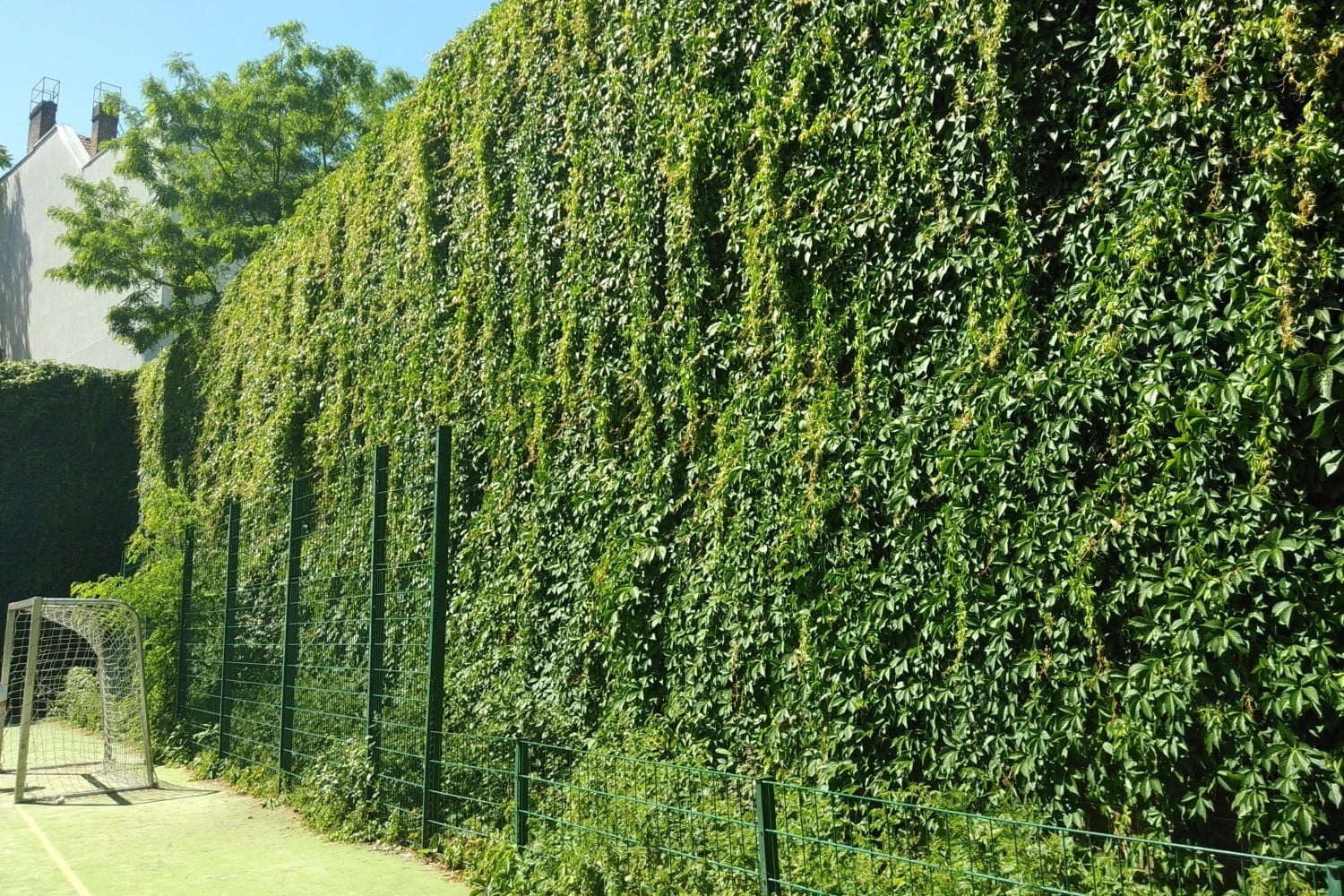
These can help capture pollutants and particles, as well as slow down wind speeds. They can be of significant size, or ‘pocket planters’ hung on walls or fences.
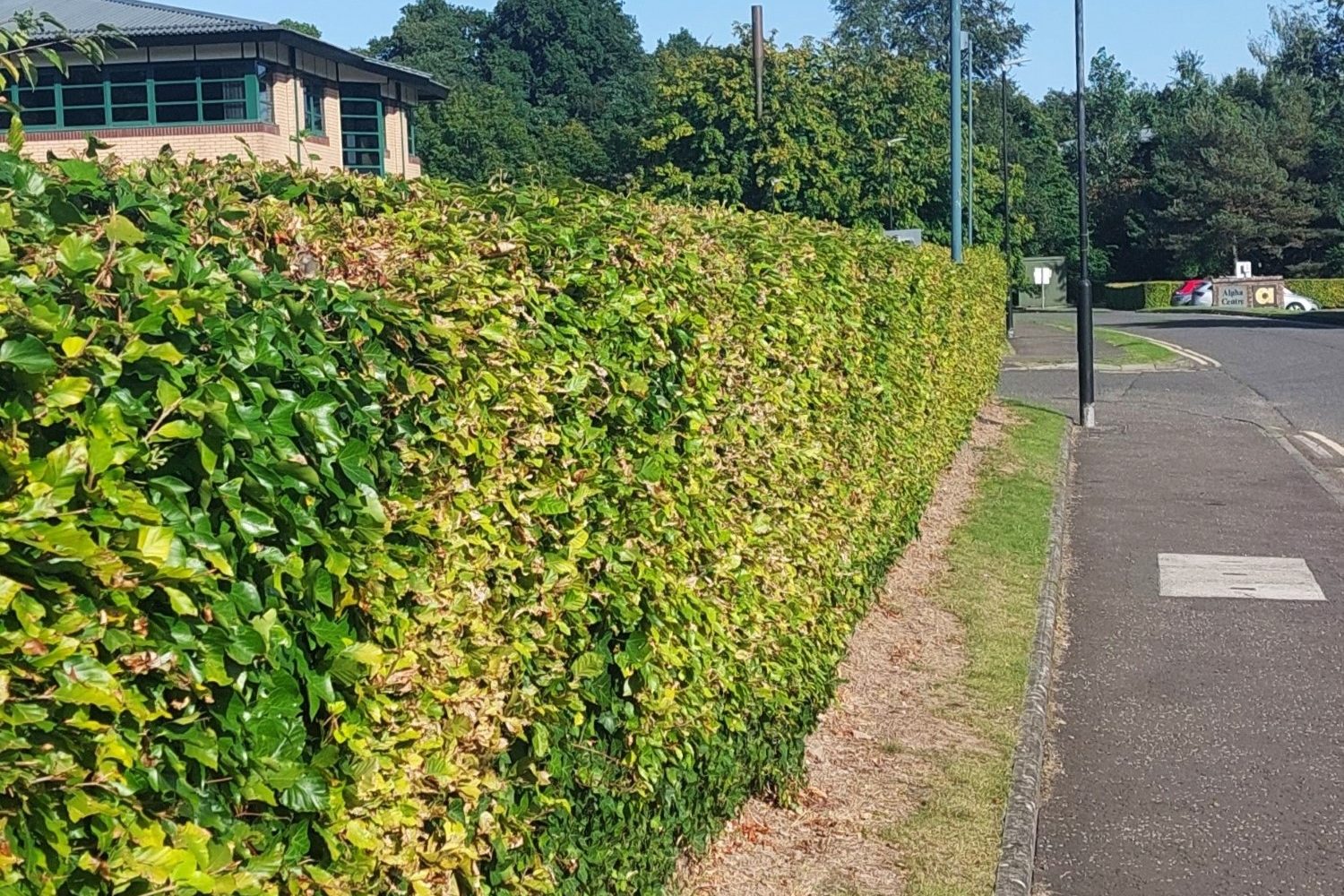
This is low to mid-level planting of shrubs and plants next to the source of pollution. This is likely an opportunity for pupils to learn how to research and campaign for change. Note that these roadside screens can increase pollution on the road itself.
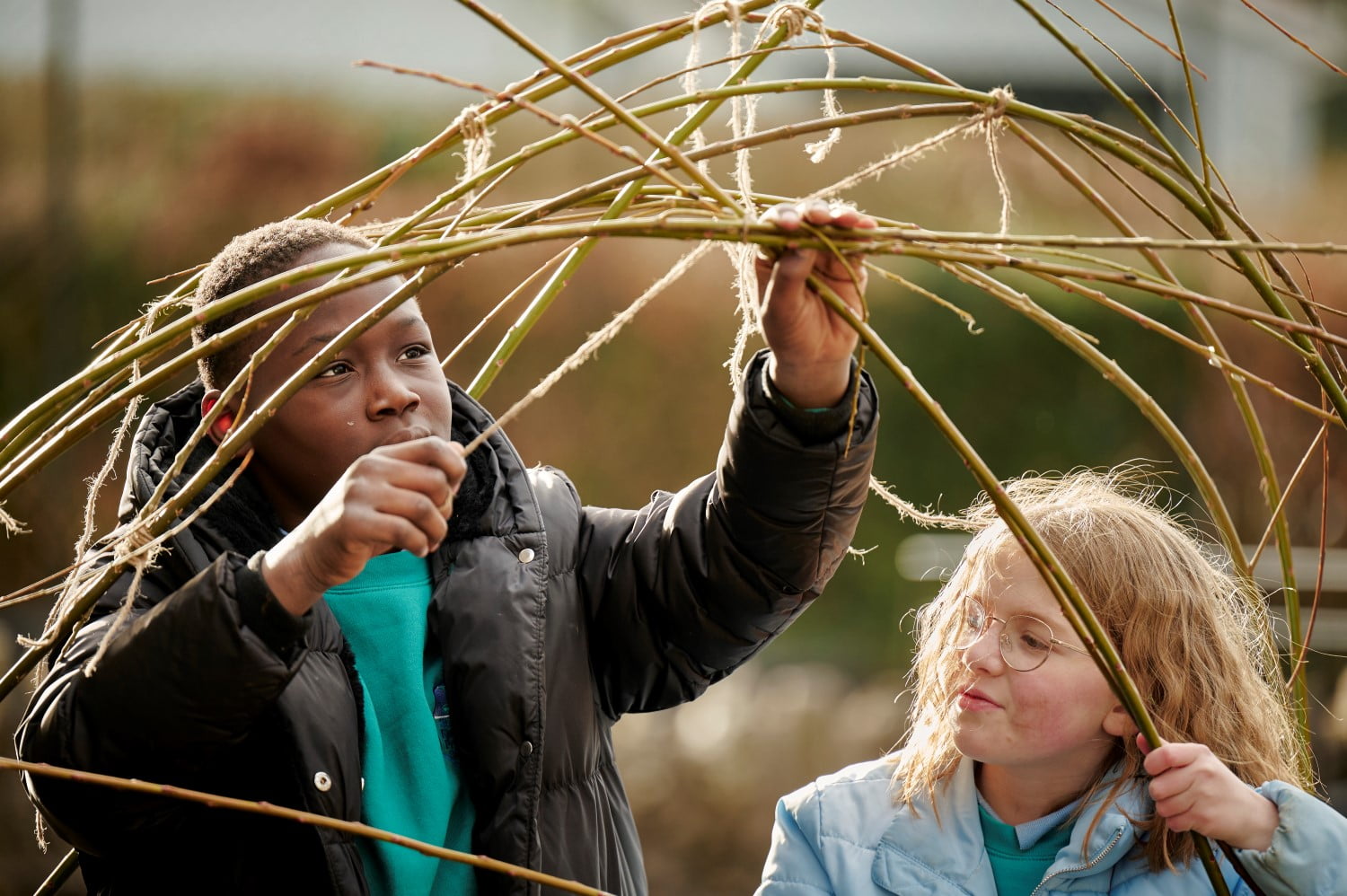
A quick and cheap way to cover existing metal fences with a green barrier. You can also install trellis to encourage climbers in many places. Do be aware of maintenance and that some climbers can damage buildings long term.

Download guidance for this technical area
Download our guidance on identifying and addressing issues around air quality in your school grounds, including suggestions and solutions for adapting your outdoor space for this technical area.


Learning, Play & Community
School grounds are vital spaces, particularly when it comes to learning, particularly topics around climate change and sustainability. They do however have universal benefits, and so we should ensure our school grounds are as compelling, attractive and comfortable in the face of climate change.
This theme is the core of our climate education work. All schools should take this theme on as one of their ‘technical areas’. Below are some overall reasons why schools should consider their community, culture and curriculum around climate adaptation and education within the school grounds:
Universal
Not every child has access to a private garden, a nearby park or an area of woodland. Almost every child has access to school grounds. In addition, a quality school ground will improve inclusion by ensuring that everyone has access to a learning and play opportunity. Taking account of culture, of physical or sensory needs, of providing a different experience from learning indoors is important when you consider an equity of access to school grounds.
Regular
There’s something very significant about daily experience of a natural space, experiencing it in all weathers and throughout the seasons. By ensuring spaces are resilient to our changing climate, we can enable continuing access to them for our pupils to learn and play.
Time
Most children and young people will spend around 20% of their time in school in the school playground for breaktime. For many, this will be more than in any other outdoor play setting. This unstructured outdoor time is more than double the time that they’ll spend in PE lessons.
Accessible
School grounds are usually the most accessible outdoor area for teachers, eliminating travel costs and time.
Ownership
Children can be actively involved in the management of their school grounds, helping to foster attitudes of stewardship and responsibility. This sense of ownership can help in future years, protecting the school grounds from vandalism and under-investment.
Partnership
Working in partnership has been identified as a key aspect of quality outdoor learning and play, and our school grounds are the perfect example of this in action. Local community groups or knowledgeable local people are often looking for a project to volunteer time to or to further their aims.
Community
Community use school grounds can be a valuable community asset that fosters strong community interaction or an island of isolation, separated from the local neighbourhood. During weekends, evenings, and school holidays, some school grounds could become community playgrounds, parks, or growing spaces.

Download guidance for this technical area
Download our guidance on identifying and addressing issues around learning, play, and community in your school grounds, including suggestions and solutions for adapting your outdoor space for this technical area.






